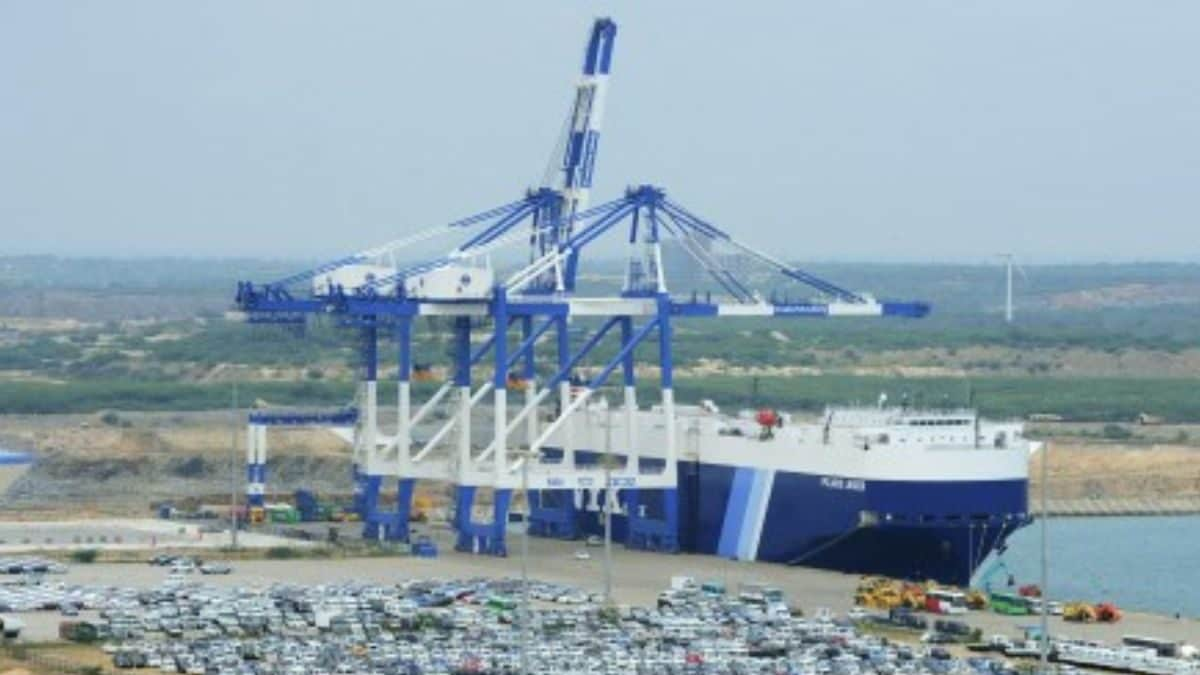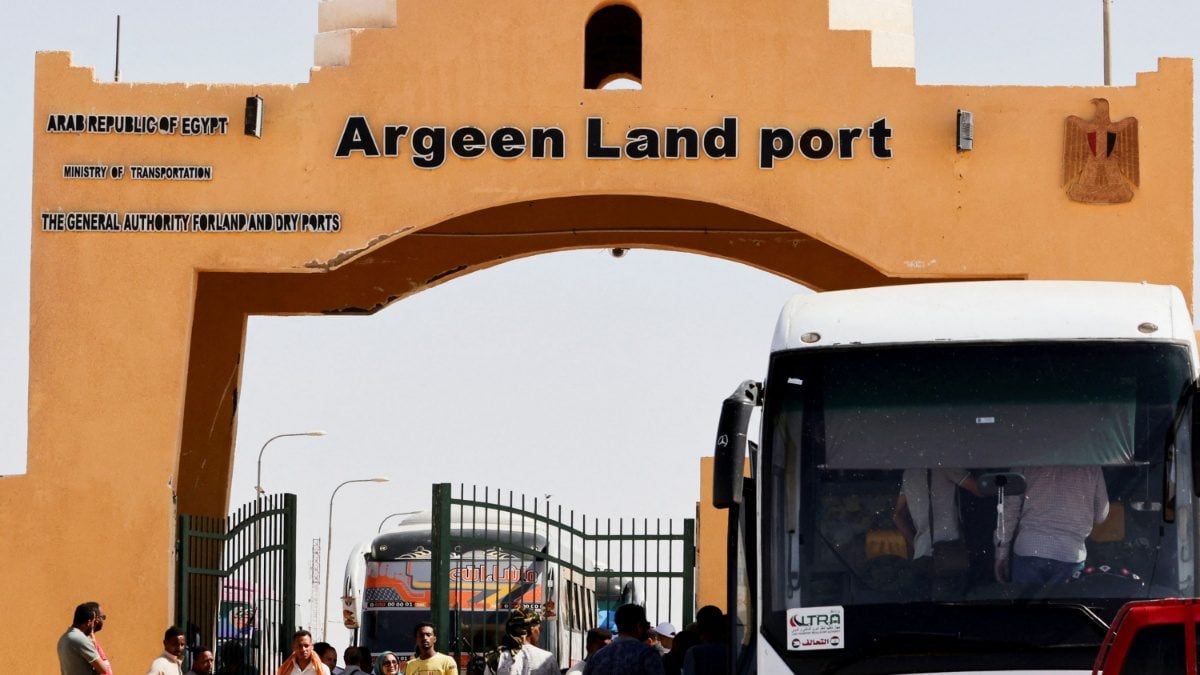Sri Lanka is going through a severe economic crisis, which only a few countries in the world have witnessed. The crisis is such that the country’s inhabitants lack even basic necessities to meet their daily needs, such as fuel, electricity and food.
While some will say the Sri Lankan crisis is a mess of its own making, the reality is somewhat different. At the end of 2021, Sri Lanka owed $7.4 billion to China, which represented 19.6% of its debt. And because China, which is the island nation’s largest bilateral creditor, owns a significant share of Sri Lanka’s debt, the “China debt trap” narrative is back in the spotlight. With the current crisis, Sri Lanka will find it difficult to make interest payments to China with no hope of repaying the principal amount anytime soon.
What is happening in Sri Lanka and how did it happen?
Simply put, Sri Lanka’s economy has collapsed. Years of mismanagement by the country’s ruling elite and Mahinda Rajapaksa’s stubborn refusal to turn to the International Monetary Fund (IMF) have only exacerbated Sri Lanka’s economic woes.
Sri Lanka is currently struggling with hyperinflation, budget and accounting deficits, a devalued currency, and soaring external debt that it can no longer repay. After the 2009 civil war, the country (or rather its ruling political elite) took on massive borrowing to help with wartime spending and to launch overblown, wasteful and costly infrastructure projects that had little practical impact or impact. hope of return.
The Covid-19 pandemic has ravaged Sri Lankan tourism, which was the country’s main source of foreign currency. Currently, the country needs to work with international institutions to help restructure its debt to China and other lenders.
Sri Lanka’s debt to China
The history of China lending money to Sri Lanka is long and complicated. The story of Sri Lanka being trapped in Chinese debt has come up repeatedly over the past few years.
Sri Lanka handed over a national asset, a newly redeveloped port to China in 2017, on a 99-year lease in return for China waiving the debt Sri Lanka incurred to build the port in the first place. The Hambantota International Port Project was a politically motivated infrastructure project, which started in the home district of the Rajapaksa family who led the Sri Lankan government from 2005 to 2014 and 2019 to 2022.
Right from the start, there was a lot of criticism about the construction of the harbor and the money being poured into a project that might not be profitable enough. By the time the port construction began, Sri Lanka already had a functioning port at Colombo located on a major global sea lane and therefore had sufficient traffic.
The new port has become linked to Mahinda Rajapaksa’s legacy and economic vision for Sri Lanka. His economic success was to ensure his re-election for a third presidential term. This has caused the Sri Lankan government to push and fast-track the construction and launch of Hambantota Port while ignoring the advice and recommendations of all feasibility studies.
The construction of the port, however, did not help Rajapaksa as in 2015 he lost the presidential election and hence came the appointment of Maithripala Sirisena and a new cabinet. It was this new government that realized its inability to repay the loans it had taken from China for the port and signed a lease agreement with China Merchants Port in December 2016. The deal would allow in Sri Lanka to reduce the port’s losses while developing it without taking on more loans to the public sector.
According to then-President Ranil Wickremesinghe, leasing Hambantota Port to the Chinese greatly helped the country improve its financial situation. Without the lease, Sri Lanka’s debt would currently be increased by US$1 billion. Another thing to point out is that in addition to the port leased to China for 99 years, 800 hectares of industrial zone surrounding the port were also included in the agreement.
Debt restructuring and the role of China
The only option for Sri Lanka at this stage of its financial crisis is to look into debt restructuring and, in this regard, China will play a major role. Chexim Bank and China Development Bank are among Sri Lanka’s top individual creditors with $4.1 billion and $3 billion respectively.
The debt relief that China is willing to provide to Sri Lanka through these two banks is crucial. Based on China’s history of debt restructuring with other countries, it is clear that the process will take time.
A closer look will reveal that multiple factors have led to Sri Lanka’s current economic crisis, but it is also undeniable that China lending Sri Lanka huge sums at exorbitant interest rates has played a major role in its situation. current. Apart from Hambantota Port, which has already been leased to Chinese entities, other such projects are underway in Sri Lanka and funded by Chinese loans, such as Colombo Port City, which was unveiled by Chinese President Xi Jinping in 2014.
Experts have claimed that this new port city will be the next Hambantota, i.e. Sri Lanka will have to lease the city from China to manage its debt. And now, at this crossroads, it is entirely dependent on China and its whims for its rebirth.
The example of Sri Lanka should starkly remind us of the consequences of borrowing from China. A good example of this would be the Train to Nowhere, which is a Chinese-funded and built $1.5 billion stretch of track linking Kenya’s port city of Mombasa to the Ugandan border. The track failed to turn a profit and showed poor performance.
Kenya is also following in Sri Lanka’s footsteps, unfortunately, and the country borrowed US$9.8 billion from China between 2006 and 2017. And it is still only the third largest recipient of Chinese loans in Africa. Sri Lanka’s economy has already collapsed and will largely depend on Chinese goodwill and help from external factors if it hopes to recover.
Read all the latest news here











